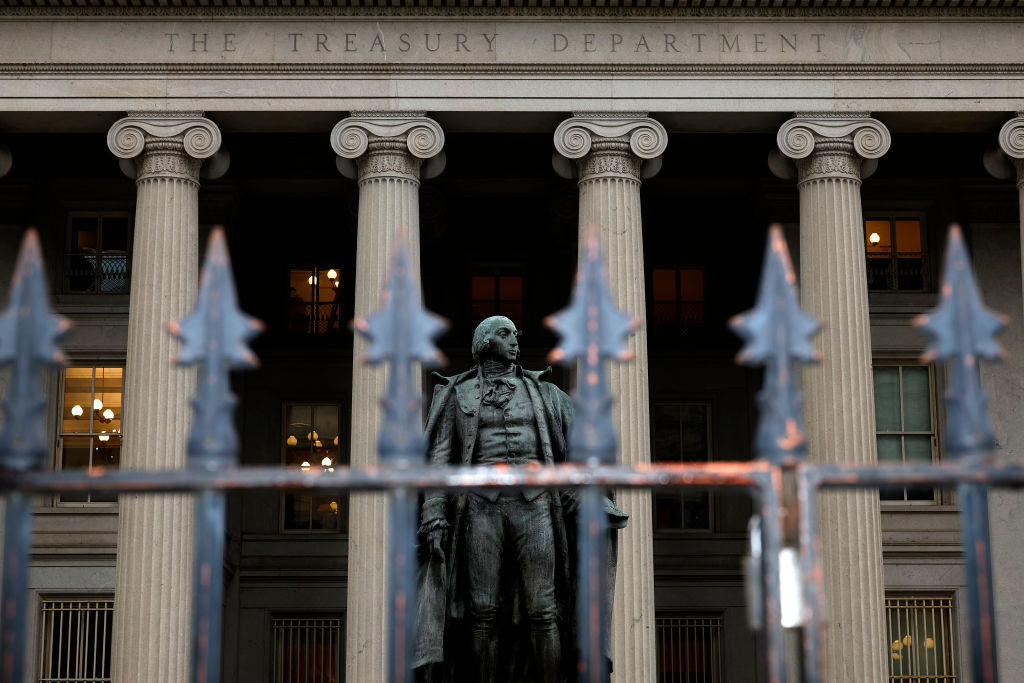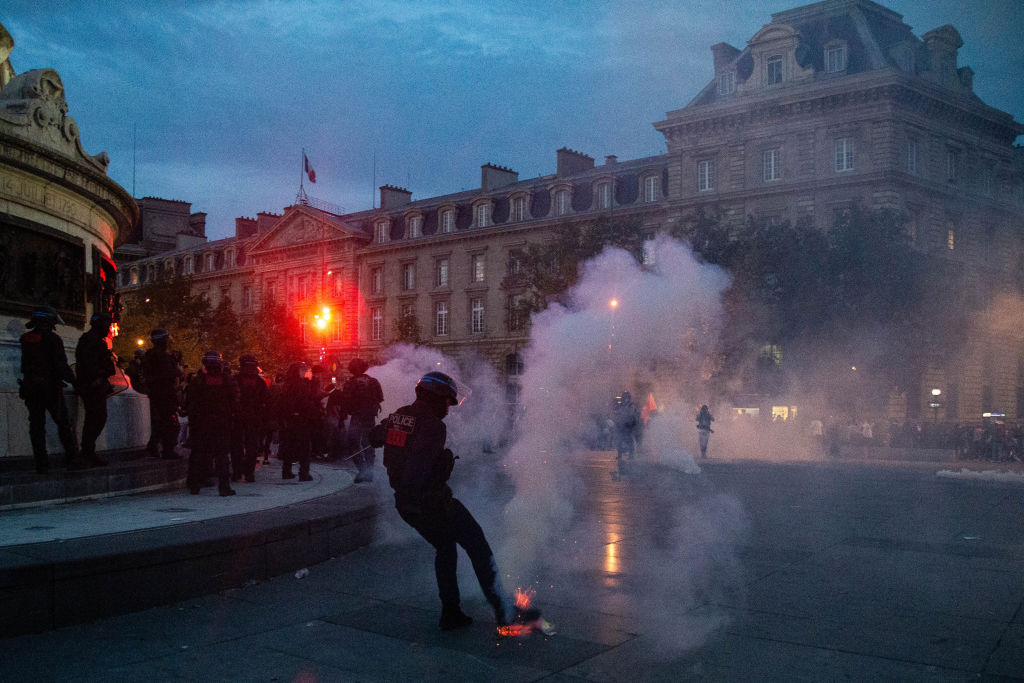You can’t change the people around you, but you can change the people around you.
Panic of Panic

Backstopping the banking system is necessary to save it, but irresponsible parties must pay a price.
Two American banks have failed—the Silicon Valley Bank (SVB) in California and Signature Bank in New York. The Federal Deposit Insurance Corporation (FDIC) has stepped in to take control and in the process has gone well beyond its regulatory remit. Under normal procedures, the FDIC would guarantee all deposits up to $250,000 and use the sale of the bank or pieces of it to bring larger depositors and creditors as close to whole as the asset sales allow. But in this case the FDIC has guaranteed all deposits regardless of size. Treasury Secretary Janet Yellen has indicated that Washington is likely to extend this protection to other banks too. The Federal Reserve (Fed) has established a special lending facility to ease strains further. A third bank, First Republic, looks shaky, and the biggest banks have stepped in to bolster it so that it does not join the list of failures.
Several commentators have criticized this special help, implying that it shows a favoritism toward the well-heeled and politically well connected, especially in Silicon Valley. There may be something to such criticisms, but such extraordinary actions by both the authorities and the financial community mostly reflect a desire to guard against a general banking panic. Bankers and regulators know that no bank, no matter how prudently managed or well capitalized, can withstand a run on its deposits. All depends on continued public confidence that deposits are safe. Without such confidence a general run could bring down the whole banking system and, as occurred in the financial crisis of 2008 and 2009, drive the economy into a deep recession.
Other banks share some of the problems faced by SVB and Signature. During the pandemic and its immediate aftermath, when business slowed everywhere and consumer spending collapsed, banks across the country saw a tremendous inflow of deposits. Fed data shows that from February 2020 until May of this year, checking and savings deposits grew almost 36%, a jump of $4.8 trillion. That 27-month growth was greater than in the previous five years. At the same time, the pandemic-induced slowdown in business activity and consumer spending slowed lending to businesses and consumers. Awash in cash, the only investment options available to banks were in treasury and mortgage-backed bonds. And because interest rates were so low, bankers tended to buy the longest-dated securities, where yields were highest.
As the pandemic and its aftermath ebbed and the economy moved toward recovery, people began to withdraw these excess deposits, not in panic, but simply because the improving economy gave them other uses for the funds. Banks had to sell their bonds to accommodate the withdrawals. That put the banks in a difficult position, for at the same time, the Fed had begun to raise interest rates as part of its anti-inflation efforts. Because the hikes in rates and yields depressed the value of the bonds—as they always do—the banks had to make their bond sales at a loss, bringing the health of their balance sheets into question.
SVB and Signature had other vulnerabilities, with high concentrations in shaky industries. SVB had focused on lending to the biotech area while Signature had focused on crypto currencies. The problems with crypto are well known and raised red flags among Signature’s depositors and the regulators. Biotech is a very exciting area and has great promise, but many of its firms are either startups or otherwise young companies which borrow as long into the future as possible. Had SVB developed a more general loan portfolio or one that had loans maturing over a shorter time horizon, it could have used those inflows to meet deposit withdrawals and perhaps even had the ability to call loans before the contracted maturity date. But with the biotech loans the bank lacked such flexibility. SVB had to sell still more bonds than it might have otherwise and, of course, at a significant loss.
These two troubled banks had yet another disadvantage. They had remarkably undiversified deposit bases, even compared to smaller regional operations. Given where SVB was located, it could not help but cater to the technology area. It is a small community. Its members talk to each other. So, at the slightest hint of trouble, a disproportionate number of SVB’s customers began withdrawing deposits. It is indicative of SVB’s problem that a venture capital firm covering many SVB depositors got wind of the trouble and seems to have advised all its associates to remove their money. A more diversified group of depositors would have moved less money out over a more extended time frame and accordingly eased pressure on the bank.
The poor judgements exercised by these banks might offer comfort, suggesting that the average bank—and so the financial system generally—is less vulnerable. But because the whole banking system rests on confidence alone, any trouble anywhere is dangerous. That is why the Fed has determined to backstop the deposits. The response is understandable. Faced with the downside of a general run on deposits and a collapse of the system, a better-safe-than-sorry approach stands on the correct side of prudence.
At the same time, there is no denying that this kind of sudden movement to save everyone from loss imposes a moral hazard. Salvation by the authorities discourages prudence among managers and effectively carries an implicit invitation to the kind of recklessness that risks yet another mess down the road. It might then help if these authorities in protecting the system also see to it that those responsible suffer losses. This is the same critique that was made in 2009, when nobody at the top was penalized, even though the pain they caused was generalized. Taking steps to mete out consequences would also help defuse the resentment so evident among those who, not without reason, accuse the authorities of favoritism in saving the well-heeled and well connected.
The American Mind presents a range of perspectives. Views are writers’ own and do not necessarily represent those of The Claremont Institute.
The American Mind is a publication of the Claremont Institute, a non-profit 501(c)(3) organization, dedicated to restoring the principles of the American Founding to their rightful, preeminent authority in our national life. Interested in supporting our work? Gifts to the Claremont Institute are tax-deductible.
An independent alternative to financial repression.
Biden’s spending spree and Fed blunders started the bank crisis.
German elites are putting their ideological commitments above their own citizens.
The only lessons the Old World offers to America these days are cautionary.
The president is betting big on a thin economic record.






